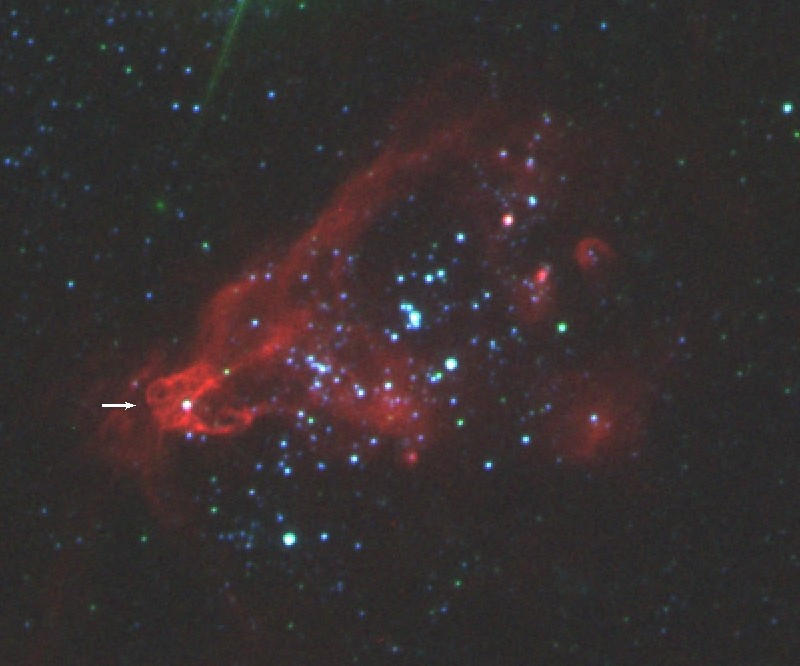Super-critical accretion in nearby galaxies
Roberto Soria
INAF-OATo
Villa Magliola seminars room
INAF-OATo
LIVE STREAMING
Abstract
I present a selection of recent results on the broad subject of super-critical accretion and feedback in non-nuclear sources, without any attempt to cover the whole topic.
- First, I illustrate examples of ionized nebulae around ultraluminous X-ray sources, and how such nebulae constrain the mechanical power of the disk outflows.
- Second, I discuss our search for super-critical accretion in X-ray binaries with Wolf-Rayet donor stars, which are a crucial step along the path towards binary compact objects and mergers.
- Third, I show that not all super-critical sources appear ultraluminous along our line of sight, because, in some cases, their X-ray emitting regions are obscured by optically thick material.
- Fourth, I touch on the opposite situation, that is how to spot (rare) off-nuclear X-ray sources that are extremely luminous but not in the super-critical regime, because they are powered by intermediate-mass black holes.

Multi-color optical image around the ULX “X-1” (indicated by the arrow) in the dwarf galaxy Holmberg II, is located in the direction of the constellation Ursa Major, at a distance of 11 million light-years. The image size corresponds to 1,100 × 900 light-years at the galaxy. The red color represents spectral line emission from hydrogen atoms. Credit: Special Astrophysical Observatory/Hubble Space Telescope
